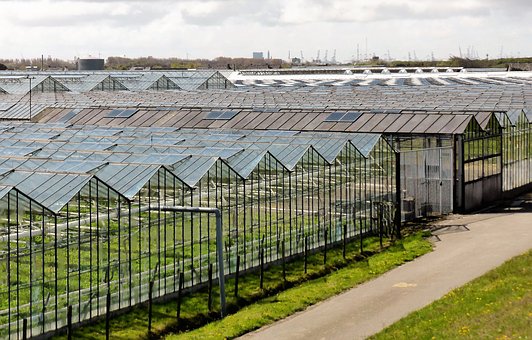Exposure to Biological Factors
The ever increasing need for farm products to feed all the mouths of the exploding population call for improved farming methods and technologies to ensure a steady supply of the much needed products. Use of greenhouses technology is steadily on the rise. All from glass and steel constructions on high-end farms, to sticks and polythene sheets in road-side village farms, greenhouse are all over.
An international study of greenhouse workers from different companies producing cucumbers, tomatoes,
or different potted plants was conducted. The study was conducted to investigate the relation between occupational exposure to fungi, β-glucan, and bacteria and the contents of these biological factors in nasal lavage (NAL) of greenhouse workers. The results of the study showed that there is a correlation between occupational exposure and the recorded NAL content of the factors. The level of exposure was dependent on both time of the day and season.
But what does this exposure to biological factors mean? Epidemiological or experimental studies findings support the hypothesis on causal association of exposure to fungi to development of hypersensitivity pneumonitis, reduction in lung function, increasing asthma severity, airway inflammation, and other respiratory symptoms.
There is no doubt on the need for increased production level to meet the demands of the population, however the risk to greenhouse workers is a cause for concern, and needs to be in the forethought of companies and individuals embarking on this farming methodology.
Details of the study can be found in article by Madsen et. al, Ann. Occup. Hyg., Vol. 57, No. 8, pp. 1030–1040, 2013. doi:10.1093/annhyg/met019

